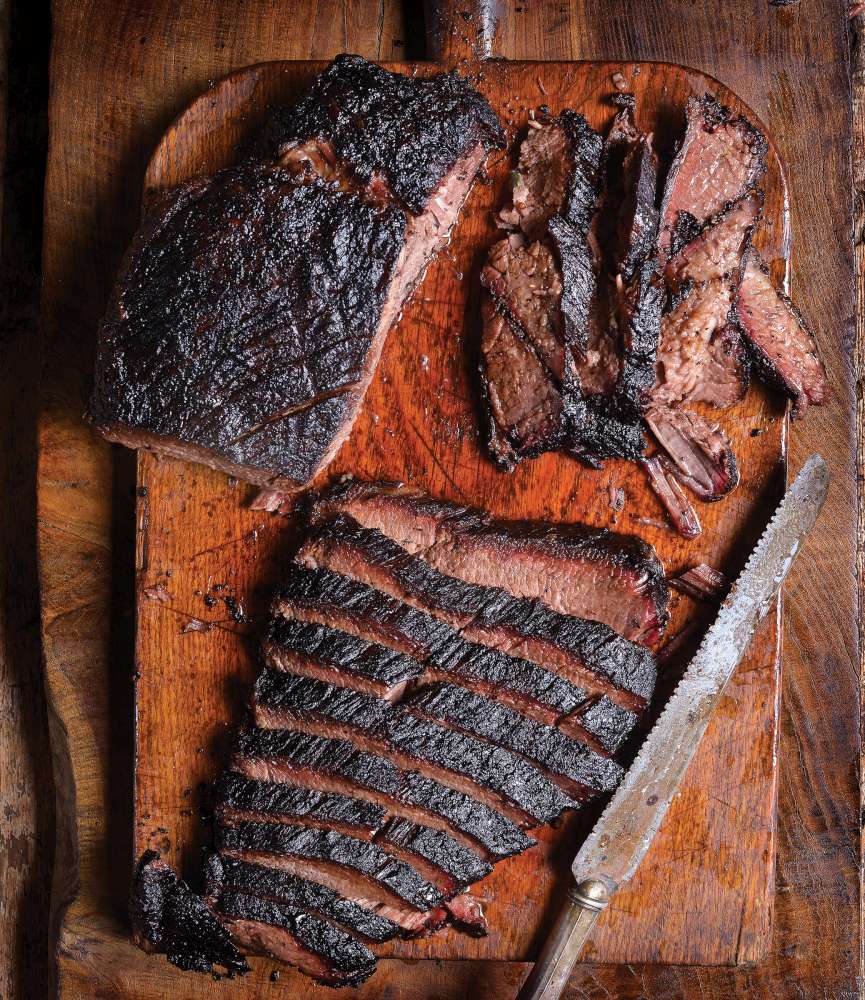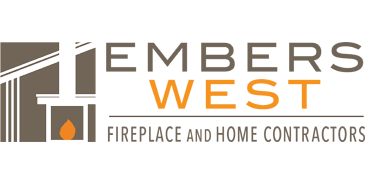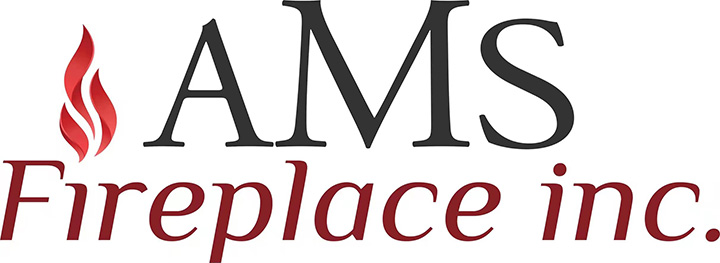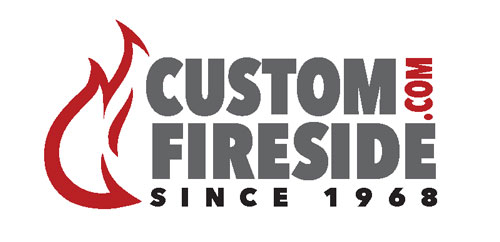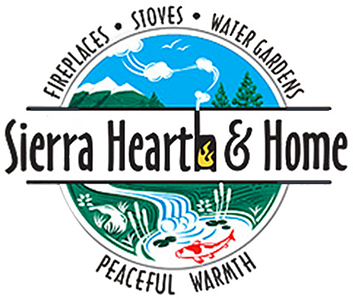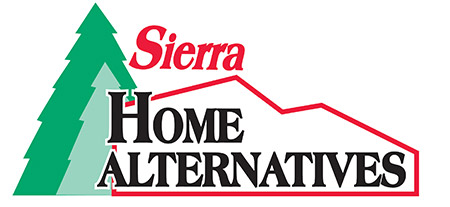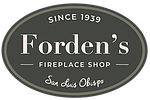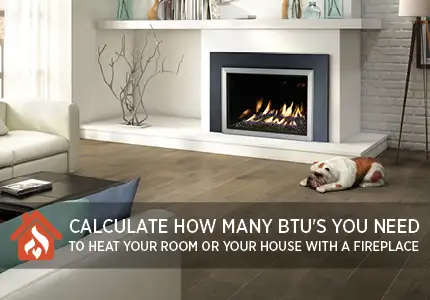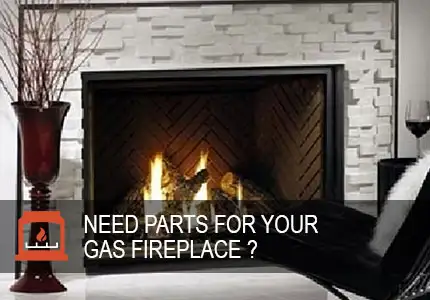Yield: Serves 8 to 10, with leftovers
Method: Hot-smoking
Prep time: 20 minutes
Smoking time: 8 to 10 hours
Resting time: 1 to 2 hours
Fuel: Oak, apple, mesquite, and hickory are traditionally associated with brisket—enough for at least 8 hours of smoking (see chart on page 6).
Gear: An aluminum foil pan; instant-read thermometer; unlined butcher paper; an insulated cooler
Shop: Buy a brisket flat (the flat bottom muscle—see page 68) with a generous layer of fat on top.
WHAT ELSE: As you smoke a brisket, the temperature will steadily rise, then plateau around 160°F (and in some instances, actually drop a few degrees) for an hour or so—sometimes more. This is called the stall and it results from the evaporation of the moisture from the surface of the brisket. (You may even see a puddle of liquid gather on the top.) This evaporation cools the meat much the way sweat helps cool you off in hot weather. Be patient—the stall will stop and the temperature will start climbing again.
If there’s one dish that epitomizes barbecue, that every aspiring smoke master hopes to perfect, it’s brisket. If there’s one dish that intimidates—even if you’ve long since reached your comfort zone with smoking pork shoulders and ribs—it’s brisket. The challenge is the tough connective tissue, not to mention a muscle structure in a whole brisket that has the grain going in two separate directions. I’m going to tell you how to smoke a perfect brisket every time—and that’s whether you start with the whole 18-pound packer brisket; with the 6- to 8-pound brisket flat you find at your local butcher shop; or the trimmed (make that scalped) 3- to 5-pound center-cut brisket often sold at the supermarket. Up first: the brisket flat.
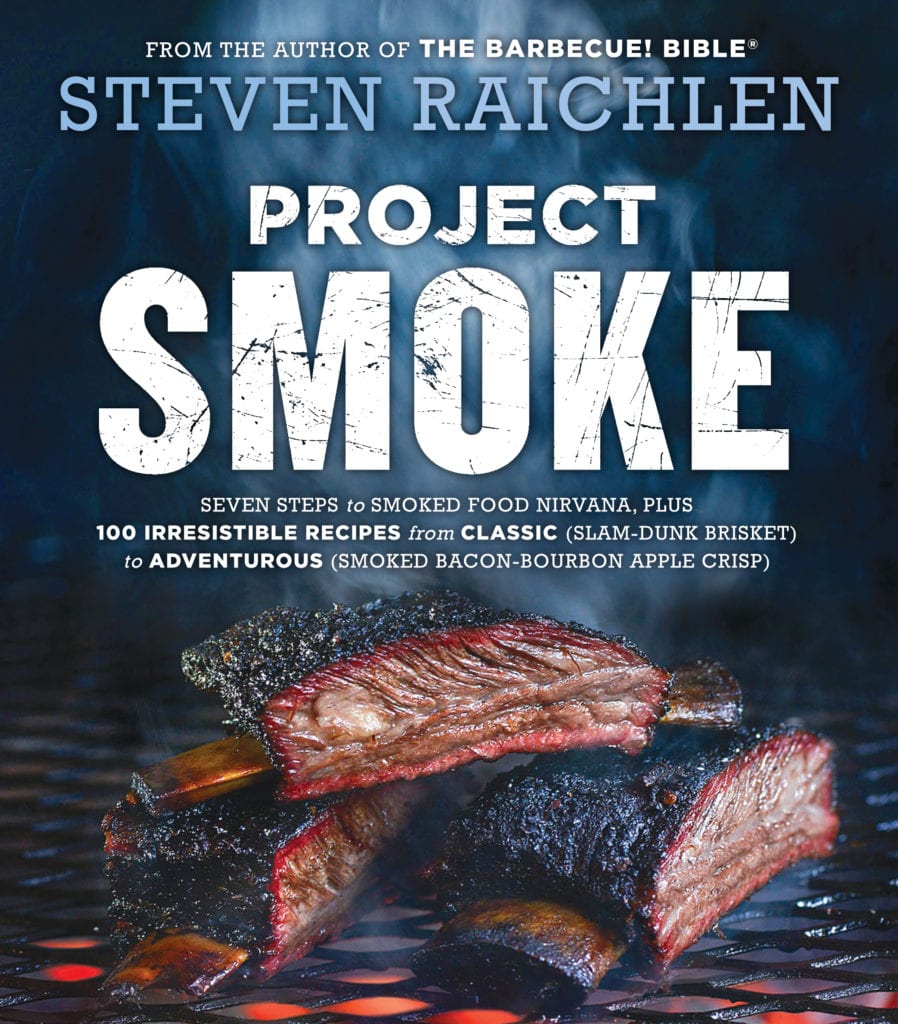 INGREDIENTS
INGREDIENTS
- 1 first-cut (flat) brisket (6 to 8 pounds)
- 1/4 cup Dijon mustard (optional)
- 1/4 cup dill pickle juice (optional)
- Coarse salt (sea or kosher) and cracked black peppercorns
- 6 strips artisanal bacon (optional)
- Beer (optional)
- Favorite barbecue sauce, for serving (optional)
- Trim the brisket, leaving a fat cap on top at least ¼ inch thick. Place the brisket on a rimmed baking sheet. If using the mustard and pickle juice, mix them together in a small bowl, then brush on both sides of the brisket. Very generously season all over, including the ends, with salt and pepper. If your brisket lacks a sufficient fat cap, drape the top with bacon.
- Set up your smoker following the manufacturer’s instructions and preheat to 225° to 250°F. If your smoker has a water pan, fill it with water or beer to a depth of 3 inches. If it doesn’t have a water pan, fill an aluminum foil pan with water or beer to a depth of 3 inches and place it below the rack on which you’ll be smoking the ribs. (Note: You don’t need to do this on a ceramic cooker.) Add the wood as specified by the manufacturer.
- Place the brisket fat side up in your smoker. Cook until the outside is darkly browned and the internal temperature registers 175°F on an instant-read thermometer, 8 to 10 hours. (Don’t panic if the temperature seems to stall around 165°F: this is normal.) Replenish the charcoal and wood as needed.
- Remove the brisket from the smoker and tightly wrap it in butcher paper. Return it to the smoker. Continue cooking until the internal temperature is 200°F and the meat is tender enough to pierce with a gloved finger or wooden spoon handle, an additional 1 to 2 hours, or as needed. (You’ll need to unwrap the brisket to check it.)
- Transfer the wrapped brisket to an insulated cooler and let rest for 1 to 2 hours. Unwrap the brisket and transfer to a cutting board. (Discard the bacon slices if using.) Pour any juices that accumulated in the butcher paper into a bowl.
- To serve, trim off any large lumps of fat and slice the brisket across the grain into ¼-inch-thick slices (or as desired). Spoon the juices over the slices. Barbecue sauce? Not necessary, but serve on the side if you want it.
Variations
Smoking a full packer brisket: A whole brisket—sometimes called a packer brisket—weighs 14 to 18 pounds and includes the lean flat (also referred to as first-cut brisket) that terminates in a triangular point, and a fatty muscle on top called the point or the deckle.
Trim the brisket leaving a 1/2-inch-thick cap of fat on top. There’s a hard ball of fat between the deckle and the flat on one side of the brisket: Cut out as much as possible without separating the two. Brush the brisket with equal parts mustard and pickle juice, if desired, then season with salt and pepper as described on page 67.
Smoke the brisket until the internal temperature reaches 175°F, 10 to 14 hours. Tightly wrap the brisket in butcher paper and continue smoking until the internal temperature reaches 200°F and the meat is tender enough to pierce with a gloved finger or wooden spoon handle—another 2 to 4 hours, a total of 12 to 18 hours, depending on the size of the brisket. Let the wrapped brisket rest in the cooler for 1½ to 2 hours before slicing (see sidebar).
Smoking a small, lean center-cut brisket flat: Perhaps the only brisket your supermarket sells is a center-cut section of the flat weighing 3 to 5 pounds, from which some misguided butcher has trimmed off all the fat.
(It happens.) Don’t despair: You can turn it into a respectable smoked brisket, too. Season it as described on page 66 and place it in a disposable aluminum foil pan, covering the top with strips of bacon. Smoke as described on page 66. After 4½ hours, cover the pan with aluminum foil, crimping it to the edges, poke small holes in the top to release the steam, and return it to the smoker. The total cooking time will be 6 to 7 hours. There is no need to wrap the brisket in butcher paper, but you should rest it in a cooler for 1 hour before carving and serving. (There won’t be much flavor left in the bacon—discard it.)
Excerpted from Project Smoke by Steven Raichlen (Workman Publishing). Copyright © 2016. Photographs by Matthew Benson.
